Home>Others>Eco-Friendly Products>How Many Worms Do I Need For My Compost Bin
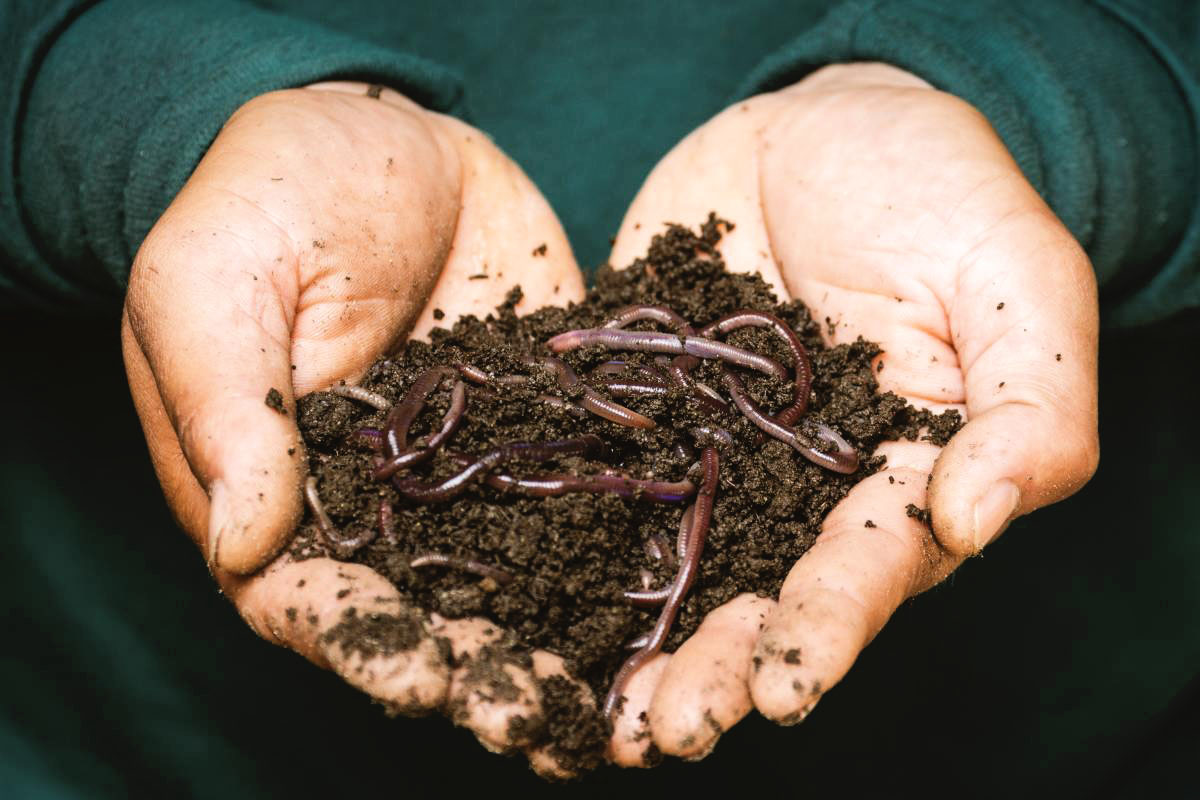

Eco-Friendly Products
How Many Worms Do I Need For My Compost Bin
Modified: January 14, 2024
Discover the eco-friendly solution to composting with our guide on how many worms you need for your compost bin. Create nutrient-rich soil while reducing waste.
(Many of the links in this article redirect to a specific reviewed product. Your purchase of these products through affiliate links helps to generate commission for Storables.com, at no extra cost. Learn more)
Introduction
Welcome to the world of composting! If you’re ready to dive into the rewarding practice of turning kitchen scraps and yard waste into nutrient-rich soil, you’ve likely heard about the key role that worms play in the process. Worms, particularly red wigglers (Eisenia fetida), are renowned for their ability to consume organic matter and transform it into vermicompost, a valuable soil amendment.
As you embark on your composting journey, it’s important to understand the significance of worms and how to effectively manage their population within your compost bin. One common question that arises for beginners is, “How many worms do I need for my compost bin?” This question is crucial for ensuring that your composting system operates optimally, as the presence of an adequate worm population is essential for efficient decomposition.
In this article, we will explore the importance of worms in composting, factors to consider when determining the quantity of worms needed, and how to calculate the appropriate number of worms for your compost bin. Additionally, we will discuss strategies for maintaining the worm population to support a thriving composting environment. By the end of this guide, you’ll have a comprehensive understanding of the role of worms in composting and the practical steps to establish an ideal worm population in your compost bin.
Key Takeaways:
- Worms are essential for turning kitchen scraps into nutrient-rich soil. Understanding factors like bin size and environmental conditions helps determine the right worm population for efficient composting.
- To calculate the number of worms needed, aim for 1 pound per square foot of bin space. Maintain their population by monitoring moisture, temperature, and feeding habits for successful vermicomposting.
Read more: How Big Of A Compost Bin Do I Need
The Importance of Worms in Composting
Worms are unsung heroes in the world of composting, playing a pivotal role in the decomposition of organic materials. When it comes to vermicomposting, the process of using worms to break down organic waste, these remarkable creatures are at the heart of the operation.
One of the primary contributions of worms in composting is their ability to consume and digest organic matter. Red wigglers, in particular, are voracious eaters, capable of devouring large quantities of food scraps, paper, and other biodegradable materials. As they ingest these materials, they excrete nutrient-rich castings, also known as vermicompost, which is prized for its high levels of beneficial microorganisms and plant nutrients.
Furthermore, worms facilitate the breakdown of organic matter through their constant movement and burrowing activities within the compost bin. Their vigorous wriggling and tunneling aerate the compost, allowing oxygen to penetrate the material and fostering an environment conducive to beneficial microbial activity. This aeration is crucial for preventing anaerobic conditions, which can lead to unpleasant odors and the production of harmful compounds.
Another key benefit of worms in composting is their role in regulating the temperature of the compost pile. As worms consume organic matter, they generate heat through their metabolic processes. This heat helps to maintain an optimal temperature range within the compost bin, promoting the activity of beneficial microorganisms and accelerating the decomposition of materials.
Moreover, the presence of worms in the composting system contributes to the overall health and balance of the ecosystem. Their interactions with microorganisms and other decomposers create a dynamic and harmonious environment, resulting in the production of high-quality vermicompost that enriches the soil and supports plant growth.
Overall, worms are instrumental in the composting process, bringing about efficient decomposition, nutrient-rich vermicompost, improved aeration, temperature regulation, and a thriving microbial community. Understanding and harnessing the power of worms is essential for achieving successful and sustainable composting outcomes.
Factors to Consider
When determining the appropriate quantity of worms needed for your compost bin, several factors come into play. Understanding these factors is essential for creating an optimal environment for the worms and ensuring efficient decomposition of organic materials.
- Size of the Compost Bin: The size of your composting system is a crucial factor in determining the number of worms required. Larger bins with greater surface area and depth will necessitate a larger population of worms to effectively process the organic waste.
- Volume of Organic Waste: The amount of organic waste generated in your household or garden directly impacts the quantity of worms needed. A higher volume of food scraps, yard trimmings, and other organic materials will require a correspondingly larger population of worms to handle the decomposition process efficiently.
- Environmental Conditions: Factors such as temperature, moisture levels, and aeration within the compost bin influence the activity and reproduction rates of worms. Ensuring that these environmental conditions are conducive to worm health and reproduction is essential for maintaining a thriving worm population.
- Worm Species and Size: Different species of worms have varying capacities for processing organic matter. Red wigglers (Eisenia fetida) are commonly preferred for vermicomposting due to their voracious appetite and rapid reproduction. Additionally, considering the size and age of the worms is important, as younger worms may require time to mature and reach peak reproductive capacity.
- Feeding Habits and Diet: Understanding the feeding habits and dietary preferences of worms is crucial for providing them with suitable food sources. Balancing the types of food scraps and bedding materials in the compost bin is essential for sustaining a healthy and active worm population.
By taking these factors into account, you can make informed decisions regarding the quantity of worms needed for your composting endeavors. Additionally, considering these factors will enable you to create an environment that supports the well-being and productivity of the worm population, ultimately leading to successful composting outcomes.
You will need about 1,000 worms for every square foot of surface area in your compost bin. This will ensure that the worms can efficiently break down the organic material.
Calculating the Number of Worms Needed
Now that you’ve considered the various factors that influence the quantity of worms required for your compost bin, it’s time to delve into the process of calculating the optimal number of worms to support your composting efforts. While precise calculations may not be necessary, having a general understanding of the worm population required can guide your approach to establishing a thriving vermicomposting system.
One common guideline for estimating the number of worms needed is to aim for a population density of approximately 1 pound of worms per square foot of surface area in the compost bin. This guideline provides a practical starting point for determining the quantity of worms required to effectively process the organic waste generated in your household or garden.
To apply this guideline, begin by assessing the surface area of your compost bin. If you have a rectangular or square-shaped bin, simply measure the length and width to calculate the total surface area. For cylindrical bins, measure the diameter and height to determine the surface area. Once you have the surface area measurement, you can use it to estimate the appropriate weight of worms needed to populate the bin.
When acquiring worms for your composting endeavors, it’s important to consider the age and reproductive capacity of the worms. While a pound of mature red wigglers may contain approximately 800 to 1000 worms, it’s essential to account for the fact that younger worms may take time to reach peak reproductive capacity. Therefore, obtaining a slightly larger quantity of worms initially can help ensure a robust and sustainable worm population in the long run.
Keep in mind that the goal is to establish a healthy and balanced worm population that can efficiently process the organic waste while maintaining optimal conditions within the compost bin. Regular monitoring of the worm population and their activity levels can provide valuable insights into whether adjustments are needed to support their well-being and the composting process.
By following these guidelines and considering the specific requirements of your composting setup, you can confidently determine the appropriate number of worms needed to create a thriving vermicomposting environment.
Maintaining the Worm Population
Once you’ve established the initial worm population in your compost bin, maintaining their numbers and ensuring their well-being becomes a key aspect of successful vermicomposting. By implementing proper care and management practices, you can support the ongoing health and productivity of the worm population, contributing to efficient decomposition and the production of high-quality vermicompost.
Here are essential strategies for maintaining the worm population in your compost bin:
- Optimal Feeding Practices: Providing a balanced diet of food scraps, such as fruit and vegetable peels, coffee grounds, and shredded paper, is crucial for sustaining the worm population. Avoid overfeeding or introducing acidic or oily foods, as these can disrupt the composting process and negatively impact the worms.
- Monitoring Moisture Levels: Maintaining adequate moisture levels in the compost bin is essential for the well-being of the worms. Ensure that the bedding materials remain moist, similar to a wrung-out sponge, to provide a comfortable environment for the worms to thrive.
- Temperature Regulation: Monitoring the temperature within the compost bin is vital, as extreme heat or cold can adversely affect the worm population. Aim to keep the temperature within the range of 55 to 77 degrees Fahrenheit (13 to 25 degrees Celsius) to support optimal worm activity and reproduction.
- Avoiding Contamination: Preventing the introduction of contaminants, such as pesticides, chemicals, or non-biodegradable materials, is essential for safeguarding the worm population and the quality of the vermicompost. Be mindful of the materials added to the compost bin to ensure a healthy and safe environment for the worms.
- Regular Assessment and Maintenance: Periodically assess the condition of the compost bin, including the worm population, moisture levels, and overall composting progress. Make adjustments as needed to address any issues and maintain an optimal environment for the worms.
By integrating these strategies into your vermicomposting routine, you can nurture a thriving and sustainable worm population that consistently contributes to the decomposition of organic waste and the production of nutrient-rich vermicompost. Additionally, staying attuned to the needs of the worms and the composting environment will enhance your overall composting experience and yield positive outcomes for your garden or household plants.
Read more: How To Get Worms In A Compost Bin
Conclusion
As you conclude your exploration of the role of worms in composting and the determination of the appropriate worm population for your compost bin, it’s evident that these remarkable creatures are indispensable allies in the journey toward sustainable waste management and soil enrichment. By recognizing the importance of worms and implementing thoughtful strategies to support their well-being, you can harness their remarkable abilities to transform organic waste into valuable vermicompost.
Understanding the factors that influence the quantity of worms needed, such as the size of the compost bin, volume of organic waste, environmental conditions, and the species and feeding habits of the worms, empowers you to make informed decisions and create an environment that fosters efficient decomposition and worm productivity.
Calculating the optimal number of worms for your compost bin provides a practical framework for establishing a thriving vermicomposting system. By considering the surface area of the bin and the reproductive capacity of the worms, you can ensure that the worm population is well-suited to handle the organic waste generated in your household or garden.
Maintaining the worm population involves implementing sound practices, including proper feeding, moisture management, temperature regulation, and vigilance against contamination. By integrating these strategies into your vermicomposting routine, you can sustain a healthy and productive worm population, contributing to the ongoing success of your composting endeavors.
In conclusion, the partnership between worms and composting represents a harmonious and sustainable approach to waste reduction and soil enrichment. Embracing the vital role of worms in the composting process and nurturing their population within your compost bin paves the way for a greener and more environmentally conscious lifestyle. As you embark on this journey, remember that each wriggling inhabitant in your compost bin plays a crucial role in the transformation of waste into a precious resource for nurturing the earth and promoting a more sustainable future.
Frequently Asked Questions about How Many Worms Do I Need For My Compost Bin
Was this page helpful?
At Storables.com, we guarantee accurate and reliable information. Our content, validated by Expert Board Contributors, is crafted following stringent Editorial Policies. We're committed to providing you with well-researched, expert-backed insights for all your informational needs.
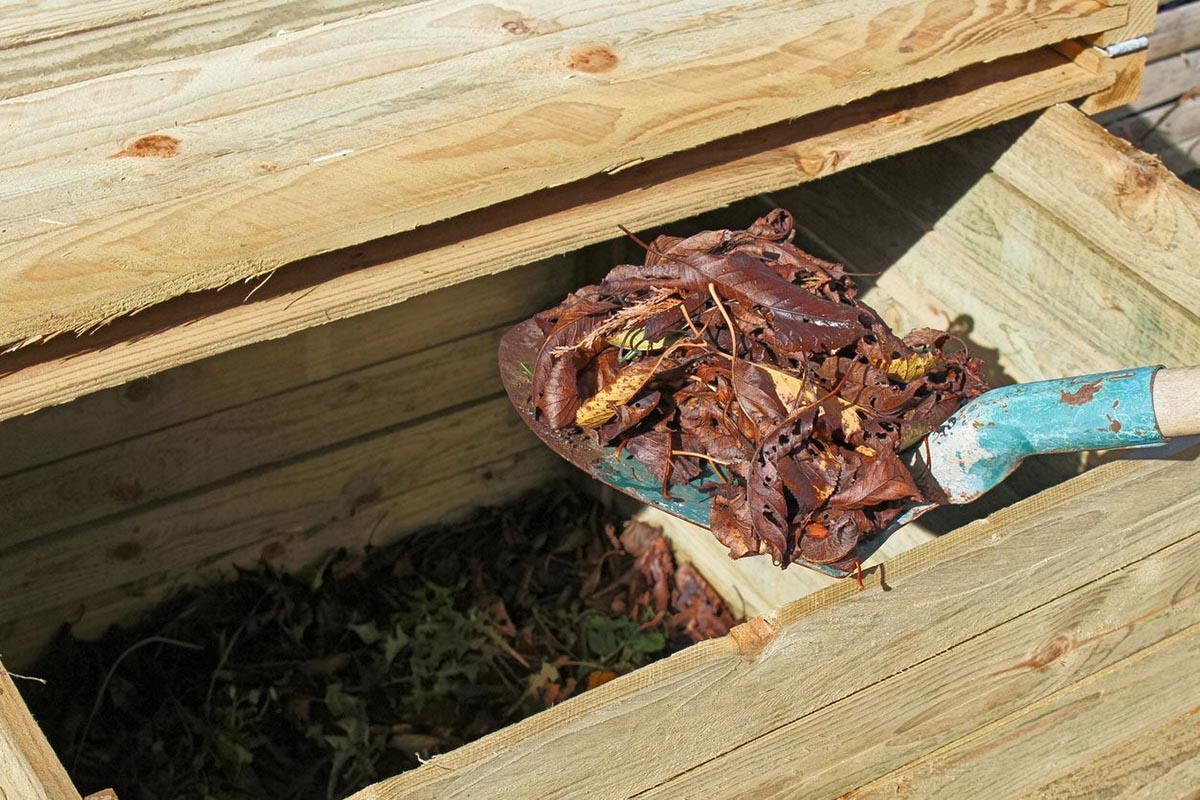
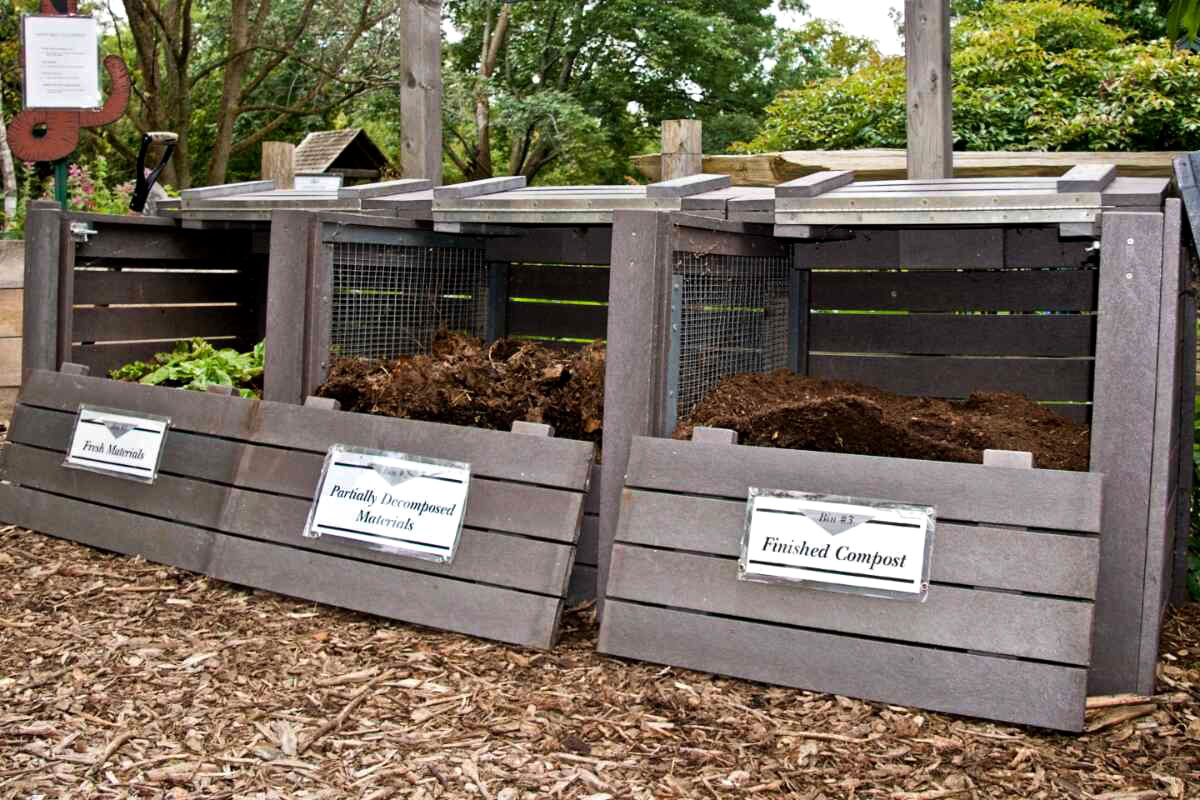
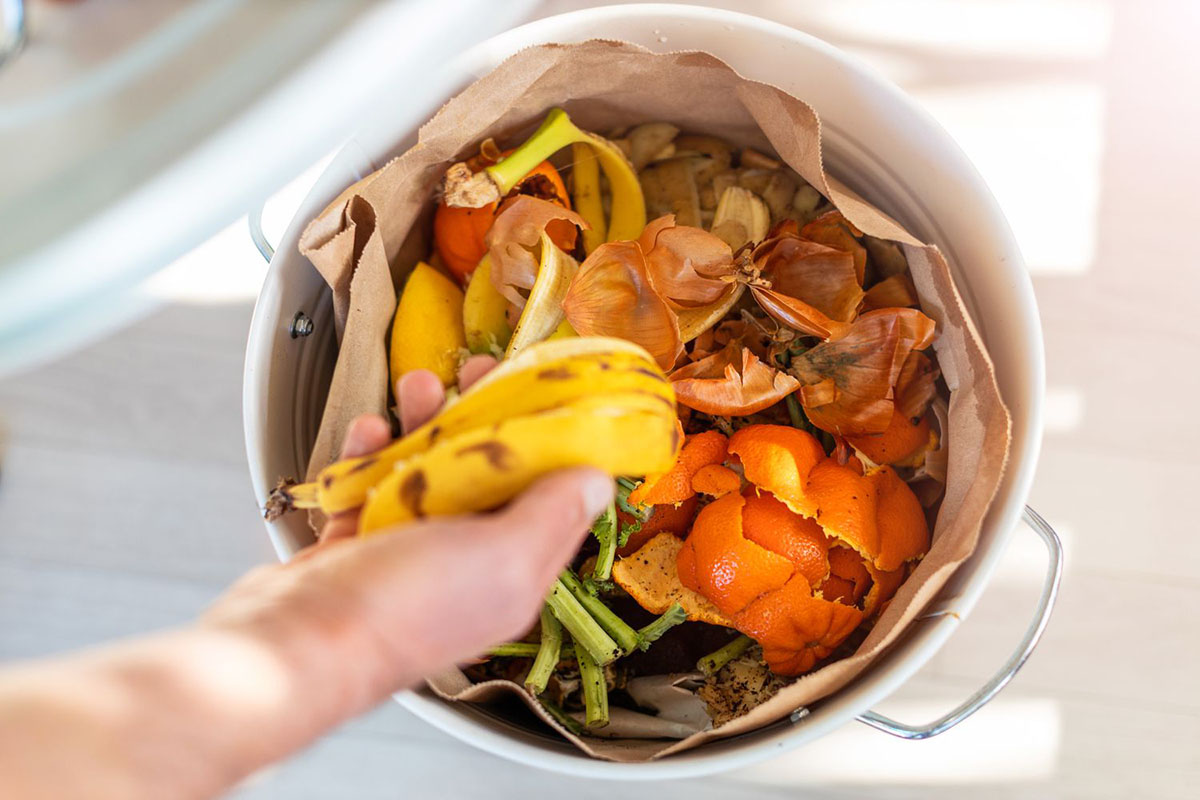

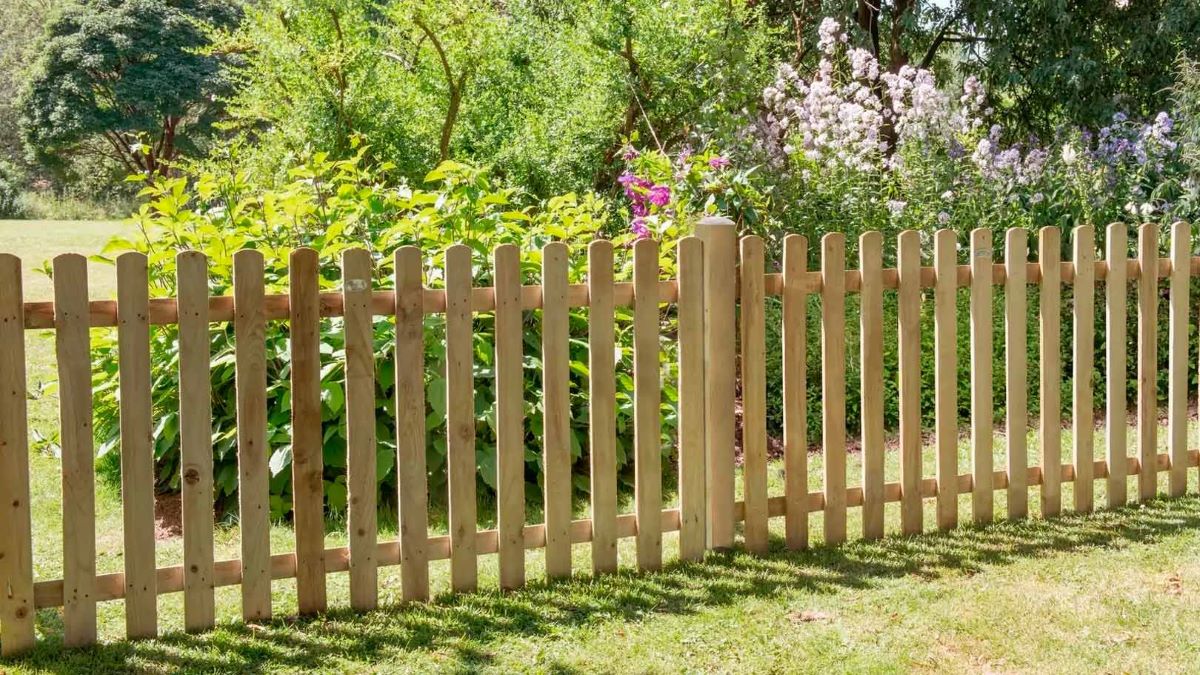


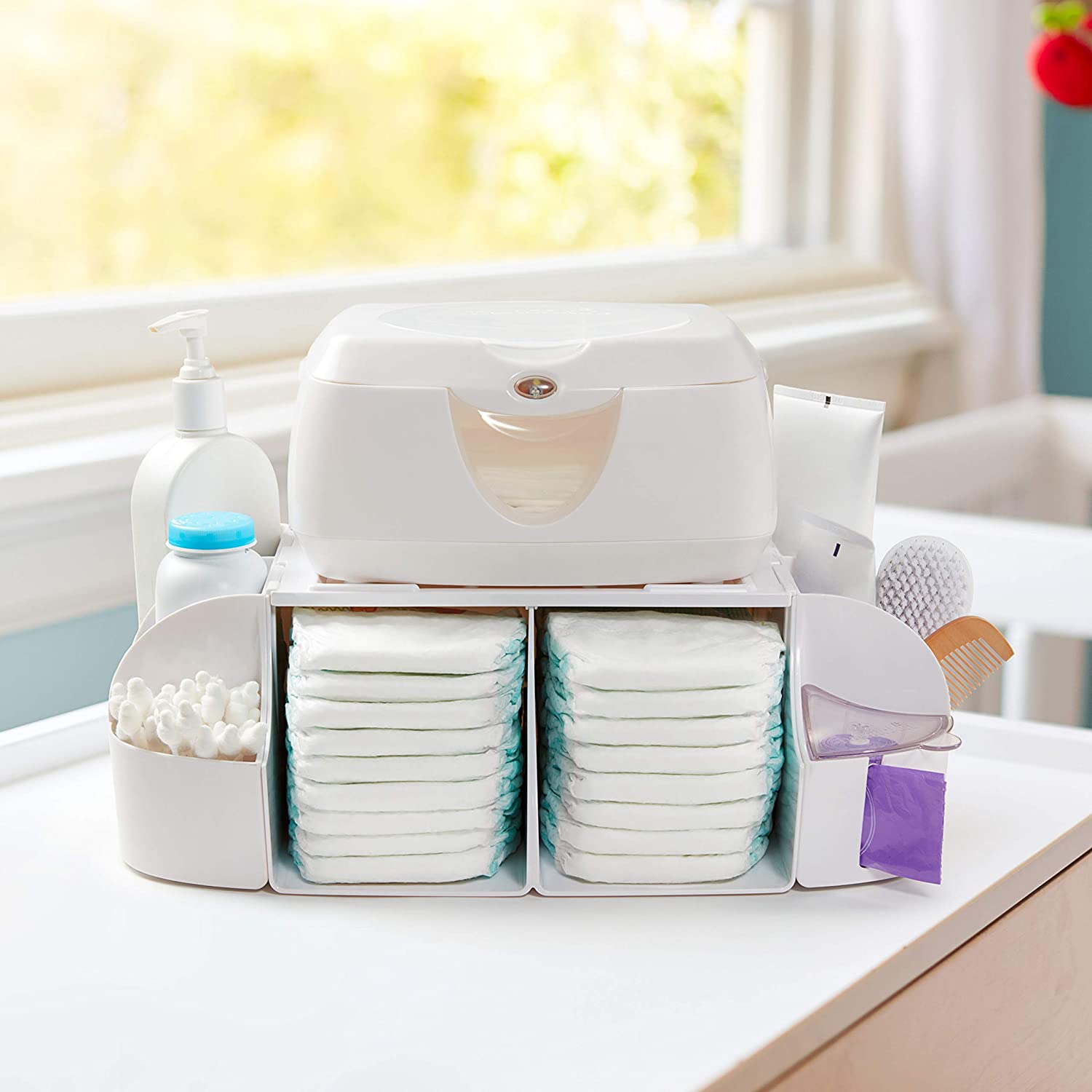

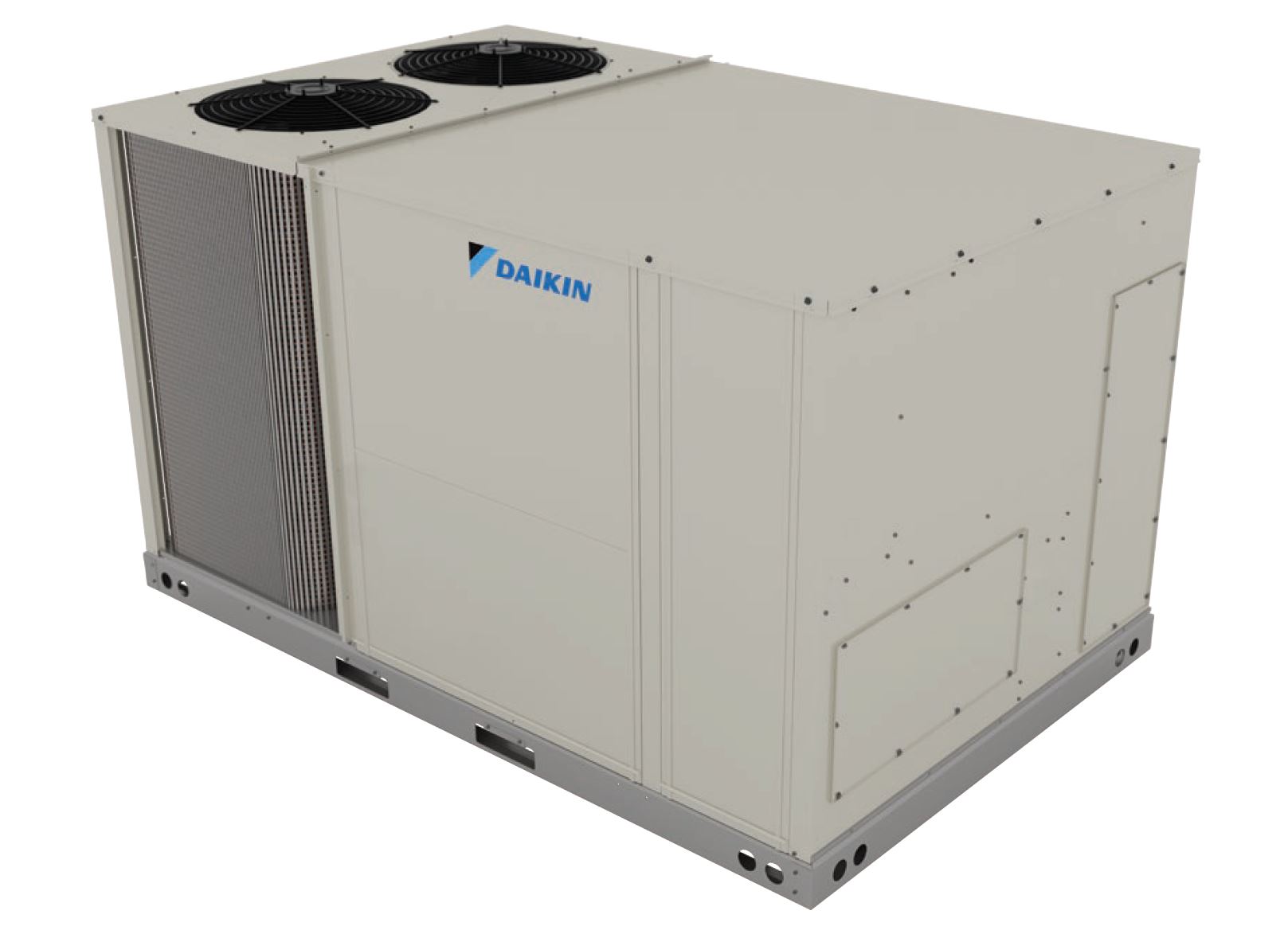
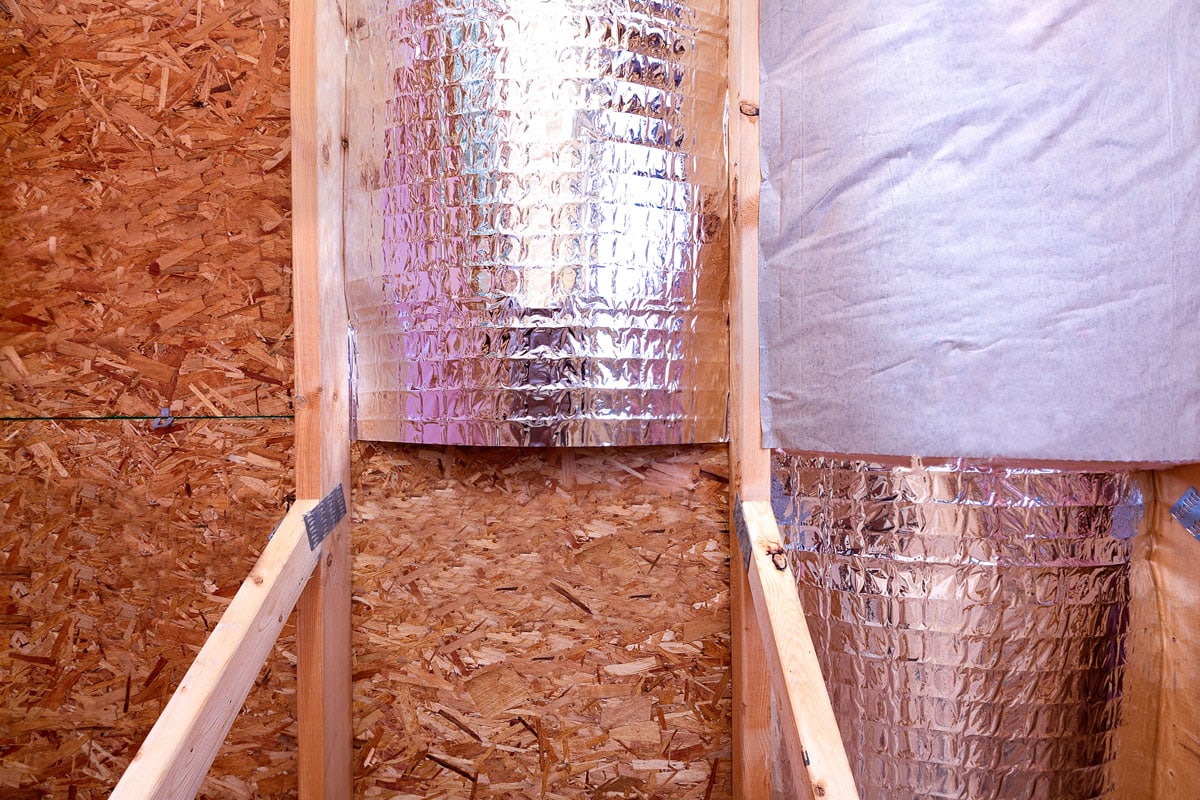

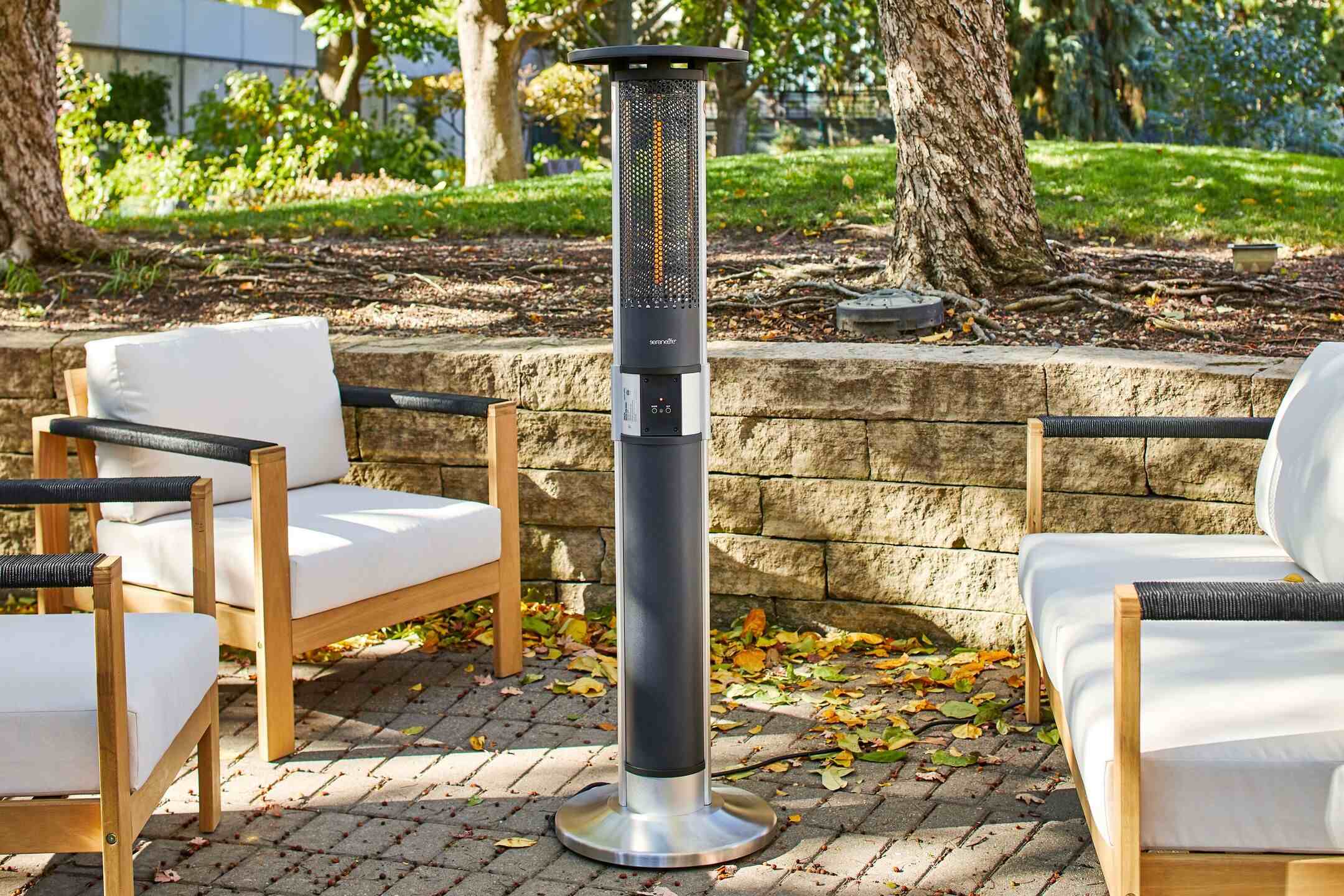


0 thoughts on “How Many Worms Do I Need For My Compost Bin”